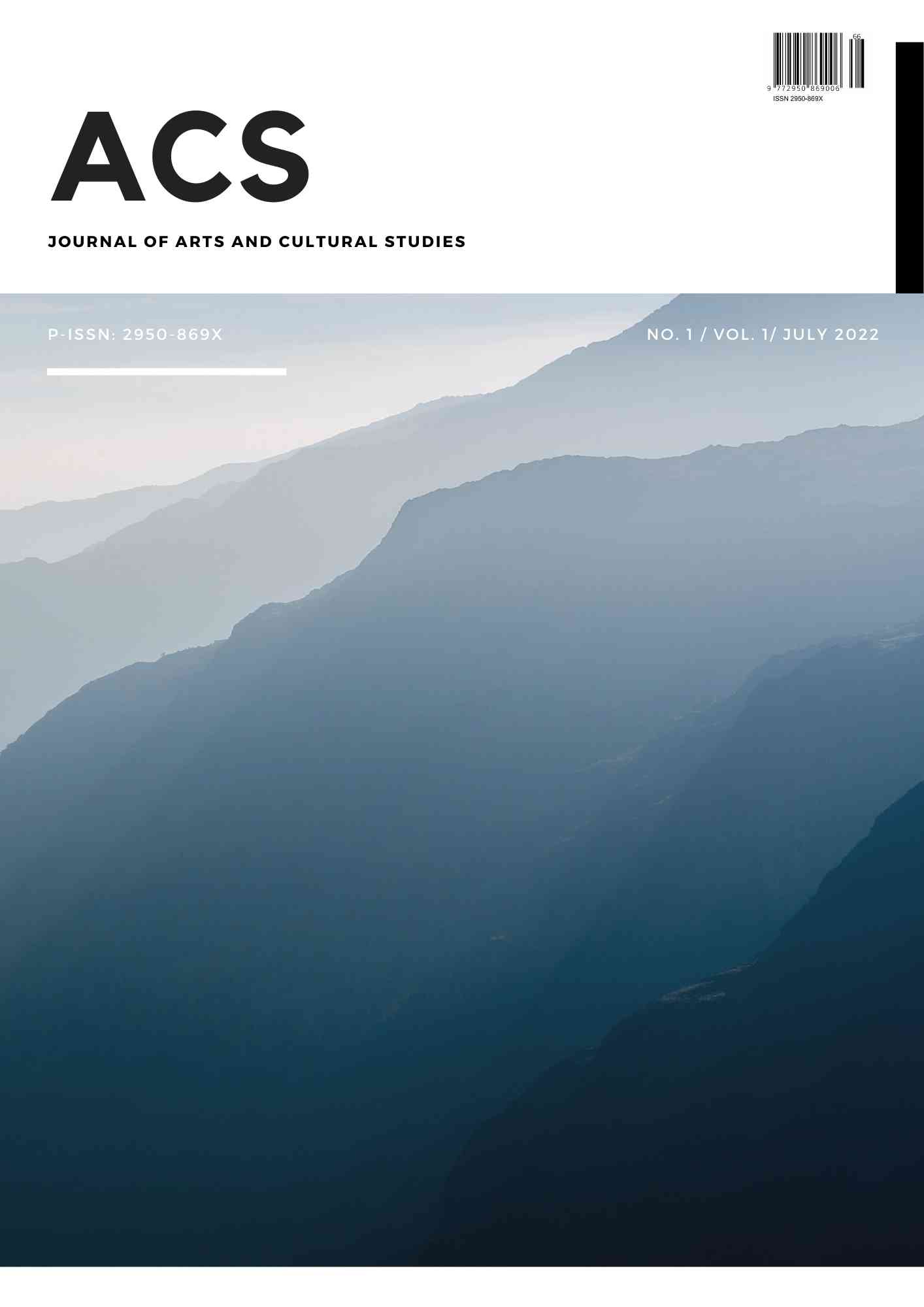 ISSN : 2950-869X
ISSN : 2950-869X
Background: Transportation convenience has enabled the various ethnic groups in the "global village" to achieve large-scale cultural integration and development. In the 21st century, music education is facing increasingly new forms and development requirements. Objective: Starting from a multi-cultural background, this article analyzes the problems of single teaching content, insufficient aesthetic cultivation, and lack of teacher knowledge in music teaching practice in primary and secondary schools in China. It proposes plans to improve teachers' music literacy and the system. They are intended to improve the application of multi culturalism in primary and secondary school classrooms. Methods: This paper uses field research, comparative research, and literature review to analyze the implementation of classroom music in primary and secondary schools. It summarizes the significance and methods of multi-cultural music education in the classroom. Results: Compared with developed countries, the development of music education in China is relatively late with shortcomings in applying diversified music in the classroom. China has emphasized the importance of multi culturalism. More educators are researching diversified music and presenting their suggestions. However, better implementation is still needed. Conclusion: There are still many shortcomings in China's current multi-cultural music education. Better integrating multi culturalism into the music education curriculum is an important issue that China needs to consider.